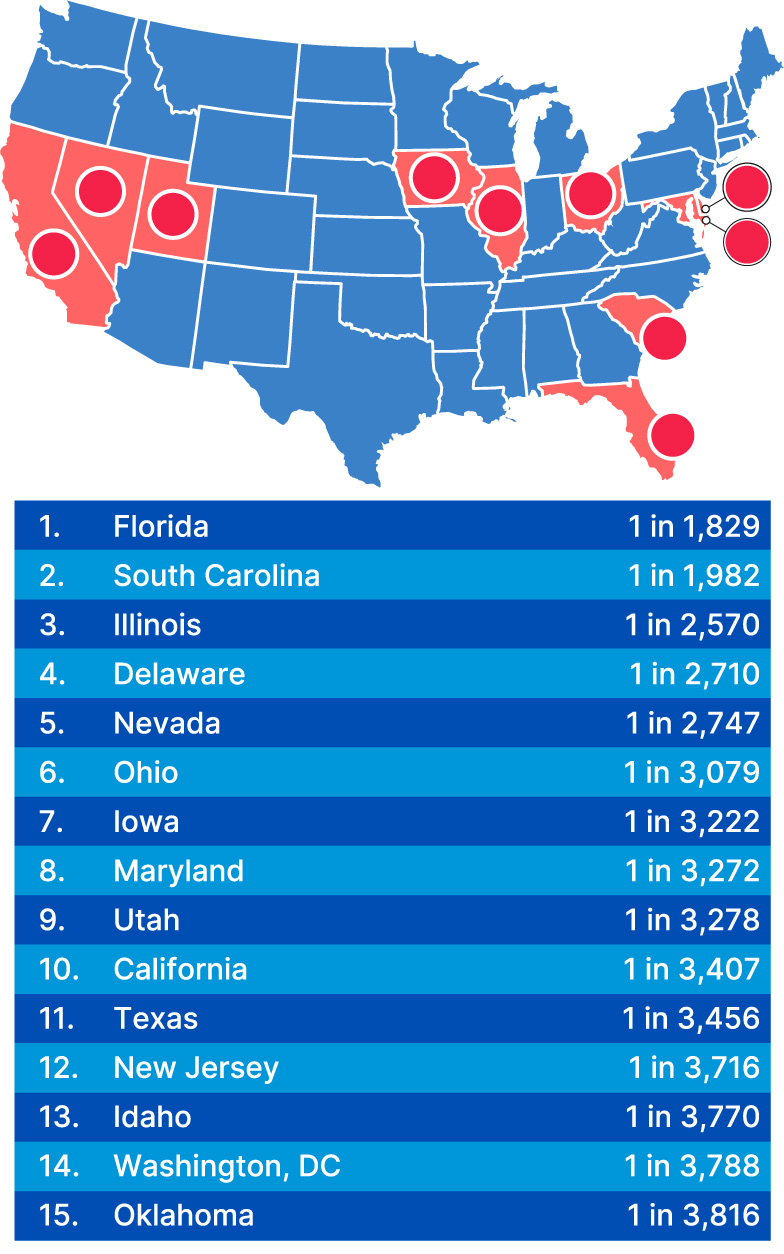

Foreclosure cases increased once more in October, following a period of historic lows in recent years, based on newly released statistics on Thursday.
Although the figures remain modest, the continuous uptick in foreclosures could indicate weaknesses in the housing market.
In October, there were 36,766 properties in the U.S. that experienced some form of foreclosure filing — including default notices, scheduled auctions, or bank repossessions, according to Attom, a property data and analytics company. This marks a 3% rise from September and a 19% increase from October 2024, representing the eighth consecutive month of yearly growth, as stated by Attom.
The initiation of foreclosures, marking the early stage of the process, grew by 6% for the month and was up 20% compared to the previous year. Completed foreclosures, the final stage, surged by 32% year on year.
“Despite these rises, activity is still significantly below historical peaks. The current trend seems to indicate a gradual return to typical foreclosure levels as market conditions shift and some homeowners are grappling with elevated housing and borrowing costs,” commented Attom CEO Rob Barber in a statement.
Florida, South Carolina, and Illinois topped the nation regarding state foreclosure filings. At a metropolitan level, Florida’s Tampa, Jacksonville, and Orlando had the highest filings, with Riverside, California, and Cleveland completing the leading five.
Focusing on completed foreclosures, Texas, California, and Florida recorded the highest numbers, indicating those states may witness an influx of properties entering the market at distressed values. Demand for homes remains robust, particularly in lower price brackets, suggesting that these foreclosed properties are likely to attract buyers swiftly.
“So, there is no foreclosure tsunami to be concerned about,” stated Sharga. “That said, there are slight areas of concern. [Federal Housing Administration] delinquencies exceed 11% and account for 52% of all seriously delinquent loans; we are likely to observe more FHA loans entering foreclosure by 2026.”
He also pointed out that states where home prices have been declining while insurance rates have surged—Florida and Texas, in particular—are witnessing a rise in defaults.
While home prices nationally are softening, they remain persistently high. Meanwhile, mortgage rates, which were anticipated to drop more significantly after the Federal Reserve began lowering rates, are still close to their recent peaks. Some recent buyers who hoped to refinance to lower rates by now may be feeling pressure, particularly with ongoing stubborn inflation.
Consumer debt has reached an all-time high, delinquencies are increasing in various types of consumer credit, and the job market appears to be deteriorating— all of which could contribute to vulnerabilities in the housing market.
“None of these issues have affected mortgage performance – yet, but it would be unrealistic to believe that these trends, along with sluggish home sales and declining home price appreciation, won’t lead to at least a modest uptick in delinquencies and defaults in the coming months,” added Sharga.

